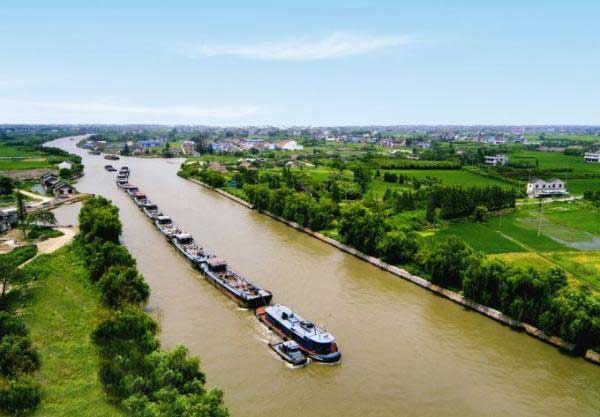 |
|
The vast inland waterway system in the north-eastern and central eastern plains passes through eight of the country's present-day provinces and municipalities. [Photo/Xinhua]
|
China's Grand Canal, Silk Road and South China Karst are bidding for a place upon UNESCO's world heritage list during the 38th session of the World Heritage Committee, which is now underway in Doha, Qatar, running through June 25.
During this session, the World Heritage Committee will consider the inscription of 40 sites on UNESCO's World Heritage List. The results will be announced as early as June 20.
The Grand Canal running from Beijing in North China to Hangzhou, Zhejiang province in South China, flows through six provinces and two municipalities. It was constructed in sections from 5th century BC onwards and was conceived as a unified means of transportation in 7th century AD.
The Canal is the world's largest and most extensive civil engineering project prior to the Industrial Revolution and was listed as part of China's world cultural heritage candidates list in December 2006.
Since 2006, China has started to work with related Central Asia countries to apply for the world heritage status for the Silk Road. Within Chinese territory, the project is named "Silk Roads: Initial Section and Network of Routes of Tian-shan Corridor", which includes 22 archaeological sites and historic buildings. For the whole project, Kazakhstan has eight relics, and Kyrgyzstan has three.
South China Karst was listed among the candidates list for world heritage status by the country in 2007. This year's extension project of the application for World Natural sites include Mountain Jinfo in Chongqing Municipality, Shibing county in Guizhou province, Guilin in Guangxi province, and Huangjiang in Guangxi province.
We Recommend:
